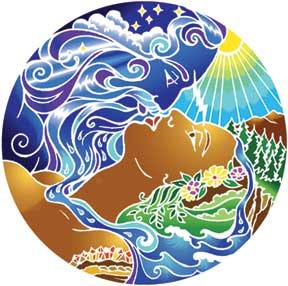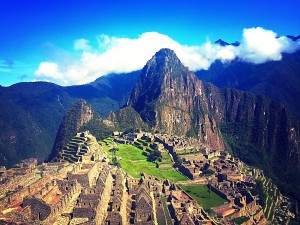It only made sense that we end our semester long climate change adventure visiting some of the most incredible sites provided by Mother Earth, or “Pacha Mama” known as by the Quechua indigenous people of the Andes. After our experiences at COP20 chasing down delegates, collecting and trading business cards, shuffling from meeting to meeting, and escaping the heat (from both inside and outside the plenary) with some gelato, it was exciting to visit ancient sites that climate change could prohibit future generations from enjoying. I considered myself lucky to be able to visit Machu Picchu, one of the Seven Wonders of the World, where within the next year the Ministry of Culture in Cusco has decided tourism will be restricted to a certain number of visitors who must be accompanied by an official guide. The ancient Inca city of Machu Picchu is a gold mine for Peru’s tourism industry. Our guide, Hamilton, informed us just the 1Sol fee to use the bathroom generates 6,000 Soles per day.
This tourist attraction is huge part of Peru’s economy and they would never close it, but it is sad to see that years of previous human degradation will restrict future generations to enjoy one of Mother Earth’s marvelous sites. This same concept applies to the Earth’s changing climate, years of environmental degradation caused by previous generations of humans is changing how future generations will be able to live on our shared planet. My experience at COP20 was both optimistic and skeptic. While it is optimistic to see progress in negotiations and progress in the use of sustainable technology, there is still a long way to go until we reach a global participation and agreement. Every year there is this extravagant event where representatives from each party meet to discuss what needs to be done to save the planet. However, much of this event is excessive and wasteful, which makes it seem counterproductive. But I am certainly invested in following the road to Paris and beyond.


